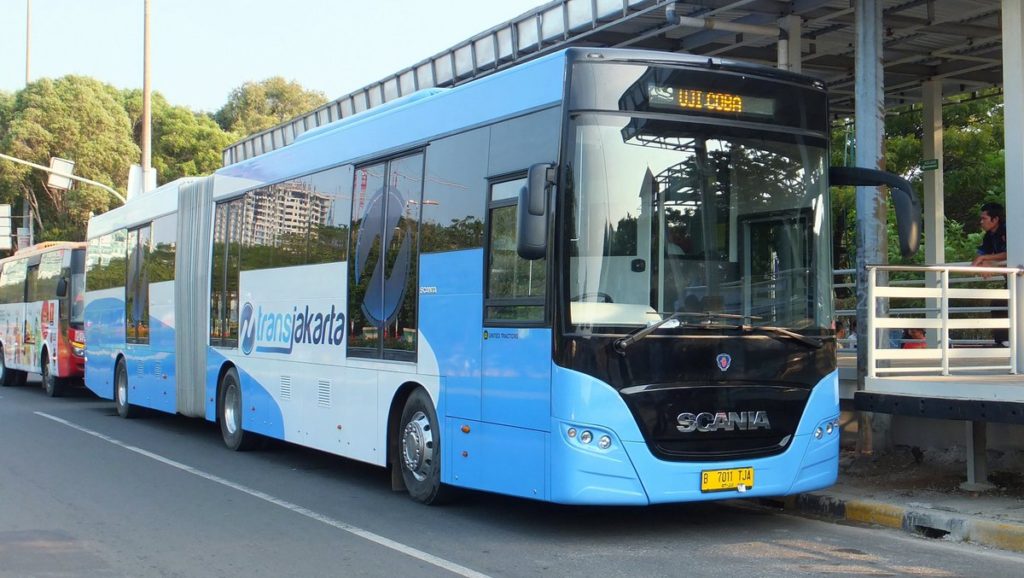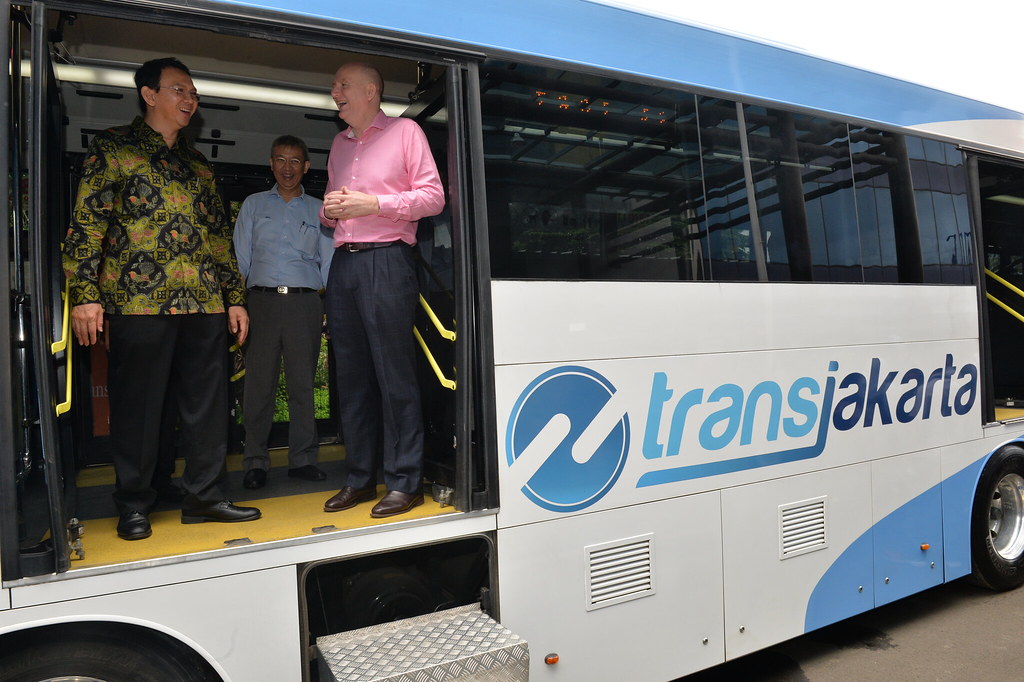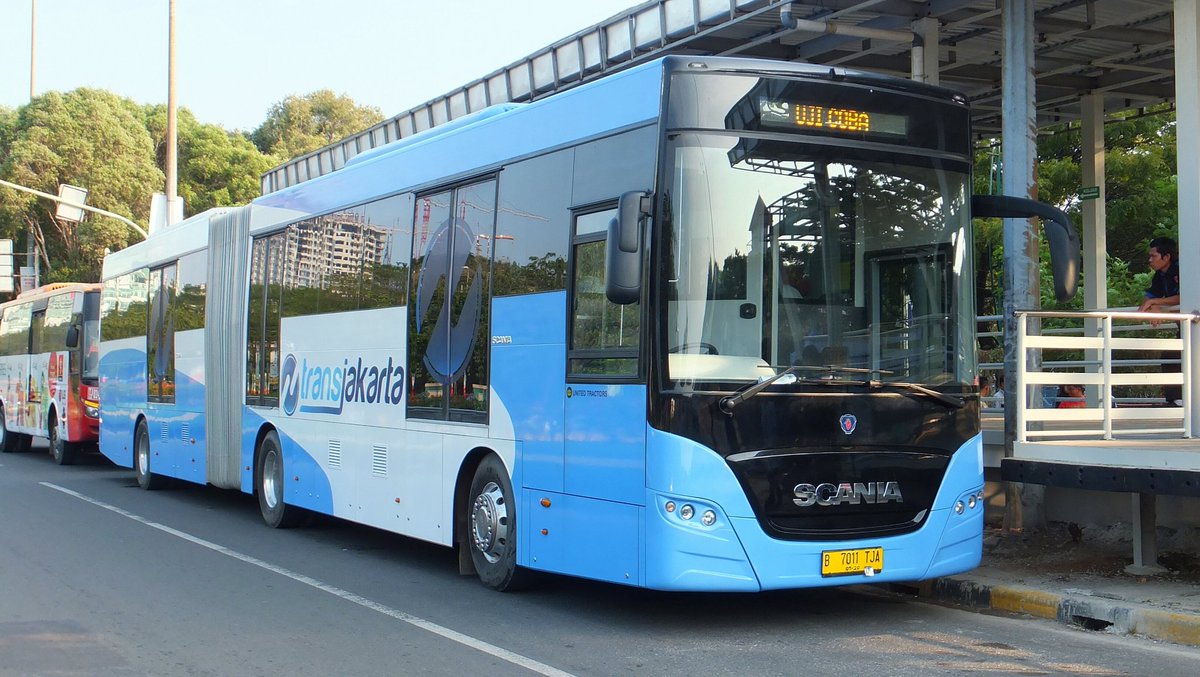The system is considered the first revolutionary public transit mode in the capital city of Indonesia. The buses run in dedicated lanes, and ticket prices are subsidized by the regional government. TransJakarta has the world’s longest BRT system (251.2 km in length), which operates about 3,900 buses. As of February 2020, it serves an average of 1.006 million passengers daily.

TransJakarta system is operated by municipally-owned company PT Transportasi Jakarta. However, its fleet is operated by various companies aside from the company itself. TransJakarta was built to provide a fast, comfortable, and affordable mass transportation system. To accomplish those objectives, the buses were given lanes restricted to other traffic and separated by concrete blocks on the streets that became part of the busway routes.
The first TransJakarta line opened to the public on 15 January 2004. It was free for the first two weeks, after which commercial operations started on 1 February 2004.

At present, TransJakarta has 13 primary routes and ten cross-corridor routes. In addition, there are 18 “feeder” routes that serve beyond the exclusive busway corridors to serve satellite cities in Greater Jakarta. The number of TransJakarta buses has also increased dramatically, from 605 buses in 2015 to 4,300 in 2020. As of September 2019, Transjakarta is currently testing electric buses, with Bundaran Senayan – Monas as its first route.
According to Wikipedia














